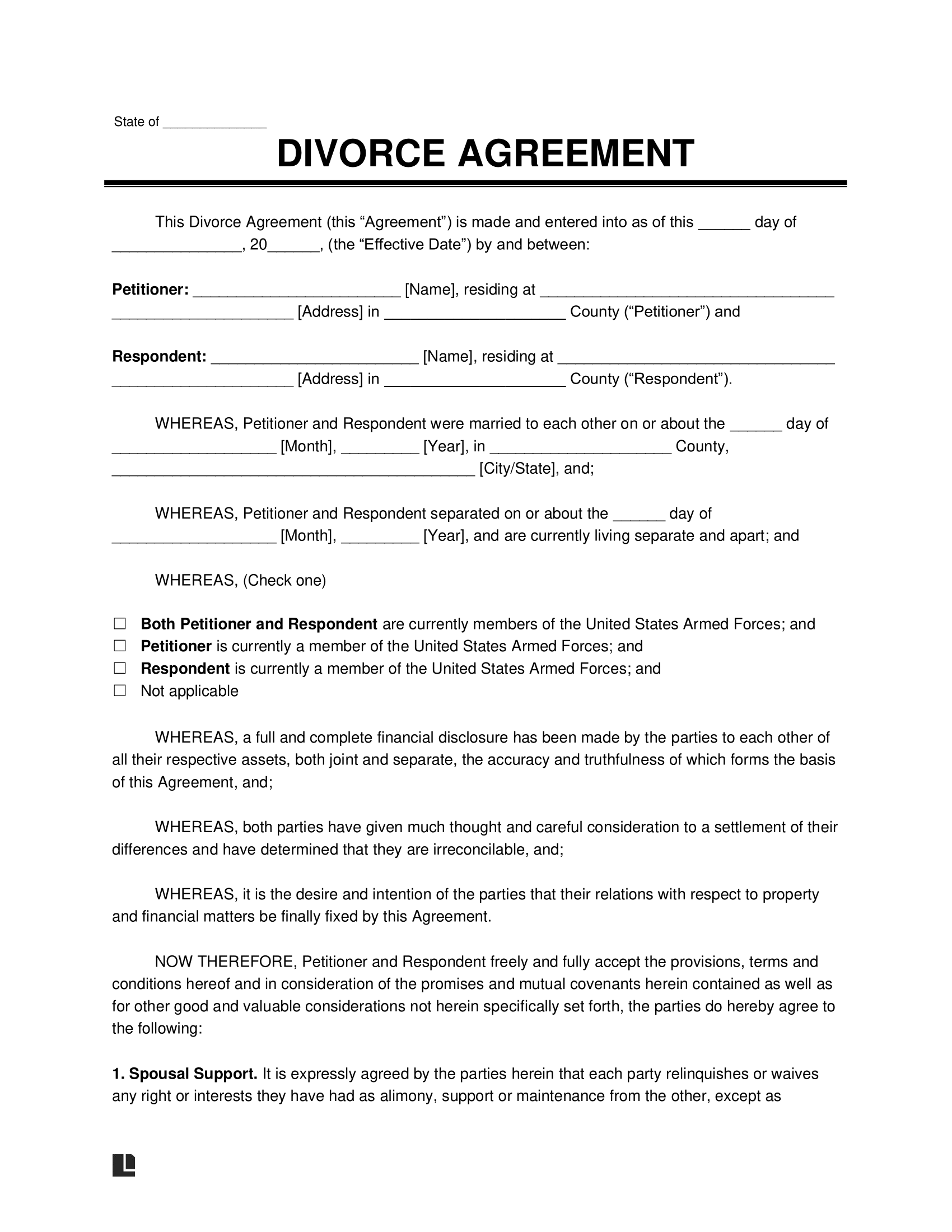In 2022, 82% of married couples owned a home. With nearly a million divorces that year, many had to ask the hard question: who gets the house in a divorce?
The home is usually the biggest asset, but it’s also more than that. It carries memories, stability, and often represents security for the family. That’s why deciding what to do with it can be one of the most complex parts of a divorce.
For those who want to stay, the answer often comes down to a buyout. Keep reading to learn what happens to the house in a divorce and how a buyout can give one spouse the chance to keep it.
Who Gets the House in a Divorce?
When deciding who gets the house in a divorce, courts first classify the property as either marital or separate. If the couple purchased the house during the marriage, the court usually treats it as marital property, even when the deed lists only one spouse.
A home owned before marriage, or received as a gift or inheritance, is separate. But if marital funds covered the mortgage or improvements, or the home ends up being titled in both spouses’ names, it may be treated as partly or even entirely marital.
State law then guides the split:
- Community property states (Arizona, California, Idaho, Louisiana, Nevada, New Mexico, Texas, Washington, Wisconsin) usually divide marital property 50/50.
- Equitable distribution states divide property fairly, but not always equally. Judges look at the length of the marriage, each spouse’s finances, and the needs of the children.
Depending on the couple’s unique situation, they or the courts have a few options for handling the home:
- Sell it and split the proceeds (either equally or equitably).
- Keep it under joint ownership for a set time, often for children’s stability.
- Have one spouse buy out the other’s share.
One detail often overlooked is the mortgage. Both spouses stay responsible until the loan is refinanced or the house is sold, even if one spouse takes over payments in the divorce.
These choices can be worked out in a divorce settlement, but if couples can’t agree, the court steps in. Another option is to outline what happens to the home in a prenuptial or postnuptial agreement.
How to Buy Someone Out of a House
A buyout takes place when one spouse keeps the house and pays the other for their share of the marital equity. To calculate that share, you first need to know the home’s value minus the mortgage balance. This figure usually comes from a professional appraisal or a realtor’s Comparative Market Analysis (CMA)
If you’re wondering how to keep the house in a divorce, refinancing is often the most common path. The spouse keeping the house refinances, which removes the other spouse from the loan, pays off the old mortgage, and creates a new one that provides cash for the buyout.
In some cases, like with FHA, USDA, or VA loans, the staying spouse may be able to assume the existing mortgage instead of refinancing, if the lender agrees. Texas also offers a unique option called an owelty lien, which lets one spouse stay in the home and pay the other later when the property is sold or refinanced.
Extra costs often include:
- Appraisal fees
- Refinance fees
- Closing costs
- Possible legal or recording fees, depending on the state
The spouse who keeps the home takes on the risks of market changes, upkeep, and future selling costs. The spouse who leaves receives cash right away but gives up the chance to benefit from any future appreciation.
Can I Buy My Spouse Out of the House Before Divorce?
Yes, buying your spouse out of the house is possible before the divorce is final. Both of you must agree, and the terms need to be clear. Courts usually allow it, but an appraisal is required to set the value and divide the equity fairly.
The hardest part is qualifying for a loan on just one income. In fact, this often decides whether the buyout can move forward. That’s why it helps to prepare early. Check your credit, gather financial documents, avoid new debt, and get preapproved with a lender.
If refinancing isn’t realistic, selling the home may be the safer choice. A sale gives one or both spouses cash and leaves them free from the mortgage. It also creates a clean break, which can make the divorce process less complicated.
How to Calculate Buying Someone Out of a House
A divorce buyout calculator typically relies on this formula:
(Home Value – Mortgage Balance) × Spouse’s Share.
Here, Spouse’s Share means the percentage of equity the spouse is entitled to (for example, 50% = 0.5, 60% = 0.6). The result of the calculation gives the dollar amount of the buyout.
Divorce Buyout Calculation Example
- Appraised value: $600,000 (value of the home)
- Mortgage balance: $250,000 (amount left to pay on the loan)
- Total equity: $350,000 ($600,000 minus $250,000)
- Each spouse’s share: $175,000 ($350,000 divided by two, where each spouse is entitled to 50% of the home)
- Buyout responsibility: $175,000
- New total refinance amount: $425,000 ($175,000 buyout + $250,000 mortgage payoff by the spouse keeping the home)
The spouse keeping the home usually covers the buyout responsibility through refinancing.
Do You Pay Taxes on a Divorce House Buyout?
A house buyout in divorce is usually not taxable. The IRS treats property transfers between spouses or ex-spouses under a divorce decree or separation agreement as non-taxable. That means no gain or loss is recognized at the time of transfer, and gift tax doesn’t apply. If you are creating an agreement, it is important to state that you intend the buyout arrangement to be a non-taxable property transfer.
The spouse who keeps the property takes on the same tax basis as the other spouse had. This matters later, because if the home is sold, any capital gains are calculated from that original basis.
In community property states, who gets the house in a divorce is handled a bit differently, with unique rules that affect both ownership and taxes. Spouses who file separate returns must divide both community and separate income, and community property laws also affect the basis of inherited property.
Your filing status depends on whether you are married on December 31. Most couples benefit from filing jointly, but in some community property states, filing separately can lower the tax burden.
Set the Terms for a Fair Buyout
Divorce rates in the US may be trending down, but many couples still face the difficult question of who keeps the home. A house buyout offers a fair solution. One spouse stays, the other takes their share, and nobody has to list the house.
The buyout works best when the terms are set up front. With a divorce agreement from Legal Templates, you can set the buyout price, method, and timeline so both sides know exactly where they stand.



